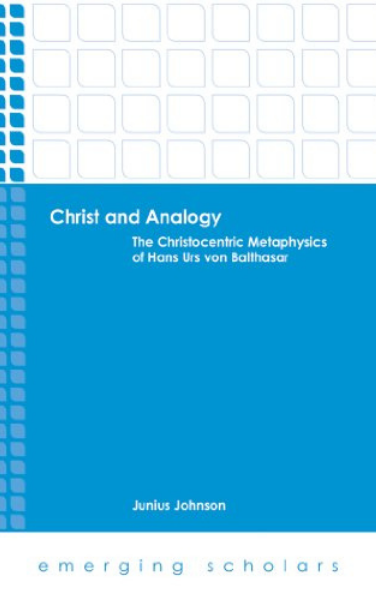Christ and Analogy
The Christocentric Metaphysics of Hans Urs von Balthasar

As one of the pillars of the nouvelle theologie movement, a main influence upon the Second Vatican Council, and one of the few figures to complete a full-scale multi-volume systematics, Hans Urs von Balthasar is undoubtedly one of the towering figures of twentieth-century theology. Until now, the structural undergirding of von Balthasar’s main contribution, a weighty 15-volume, three-part “triptych” dogmatics, has not been assessed. In this volume, the author presents an analysis of von Balthasar’s work in dogmatics and provides the structural linchpin for understanding the whole of this massive (and massively important) systematic theology by reconstructing the metaphysics of von Balthasar. Taking the person of Jesus Christ as the metaphysical starting point, the project highlights the fundamental connections to key doctrinal, historical, and philosophical issues. This is a critical volume for professors, scholars, and students in systematic theology, philosophical theology, and the study of twentieth-century Catholic and Protestant theology and history.
This entire project is prologue to a future monograph on von Balthasar’s theology, with special reference to Trinity, Christology, and the doctrine of grace.
Table of Contents
Chapter 1: Introduction
Theology’s Handmaid
What Is Metaphysics?
What Is Theology?
The Relation of Metaphysics and Theology
Sacred Metaphysics
Never-Ceasing Fountain: Von Balthasar’s Sources
Plato and the Question of Platonism
Aquinas
Hegel
Heidegger
Bonaventure
Point of Departure
The Road to Be Traveled: Methodological Comments
